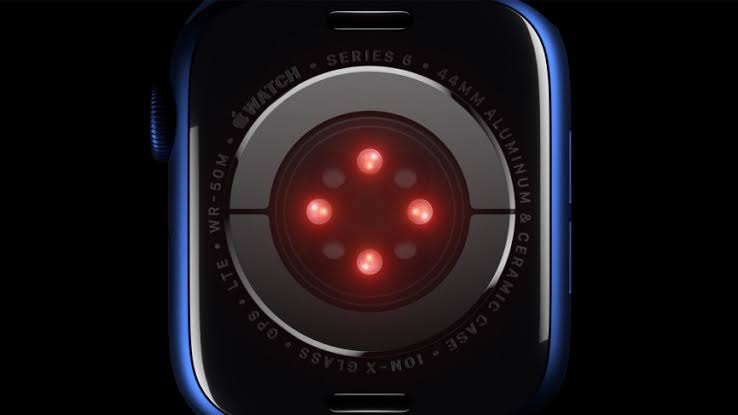Introduction
Smartwatches have become more than just stylish accessories; they have evolved into powerful health monitoring tools. Among their many features, some advanced smartwatches are capable of detecting oxygen levels in the blood, providing valuable insights into our respiratory health. This technology relies on a process called pulse oximetry, which measures oxygen saturation in the blood. In this article, we will explore how smartwatches utilize pulse oximetry to track this vital health metric.
What is Pulse Oximetry?
Pulse oximetry is a non-invasive method for measuring the oxygen saturation level in the blood. Oxygen saturation, commonly known as SpO2 (peripheral capillary oxygen saturation), indicates the percentage of hemoglobin in the blood that is carrying oxygen. Hemoglobin is the molecule responsible for transporting oxygen from the lungs to the body’s tissues, where it plays a crucial role in energy production.
How Pulse Oximetry Works in Smartwatches
Smartwatches with SpO2 monitoring capabilities are equipped with special sensors, usually located on the back of the watch. These sensors emit specific wavelengths of light, typically red and infrared light, through the user’s skin. The light passes through the capillaries and interacts with the blood in the underlying blood vessels.
When hemoglobin in the blood is oxygenated (carrying oxygen), it absorbs more infrared light and allows more red light to pass through. Conversely, when hemoglobin is deoxygenated (not carrying oxygen), it absorbs more red light and allows more infrared light to pass through. By analyzing the amount of light absorbed at each wavelength, the smartwatch can calculate the oxygen saturation level in the blood.
Data Processing and Accuracy
Once the smartwatch’s sensors capture the light absorption data, it undergoes complex processing through advanced algorithms. These algorithms account for factors such as ambient light, movement, and skin pigmentation to provide accurate SpO2 readings. The data is then converted into a percentage, representing the oxygen saturation level in the user’s blood.
It is essential to note that while pulse oximetry is a valuable tool for estimating blood oxygen levels, it may not be as precise as arterial blood gas (ABG) measurements performed in a clinical setting. Factors such as poor circulation, nail polish, skin pigmentation, and extreme temperatures can sometimes affect the accuracy of readings obtained by smartwatches.
Interpreting SpO2 Readings
Healthy individuals typically have SpO2 levels above 95%. If a smartwatch detects a significantly lower SpO2 level, it may indicate potential respiratory or circulatory issues that require medical attention. Persistent low SpO2 readings may be a sign of conditions like hypoxemia (low blood oxygen) or sleep apnea, among others. However, it is crucial to consult a healthcare professional for a proper diagnosis and treatment plan.
Conclusion
The integration of pulse oximetry into smartwatches has revolutionized personal health monitoring. By leveraging this technology, smartwatches can now provide users with valuable insights into their respiratory health and oxygen saturation levels. Although it’s not a substitute for professional medical evaluation, monitoring SpO2 levels through smartwatches can serve as an early warning system for potential health issues, allowing users to take proactive steps towards maintaining their well-being.
As this technology continues to advance, we can expect smartwatches to play an increasingly prominent role in personalized healthcare, empowering individuals to take charge of their health like never before. However, it is essential to remember that smartwatches are not medical devices and should not replace professional medical advice or diagnosis. Always consult a healthcare professional for any health-related concerns.
